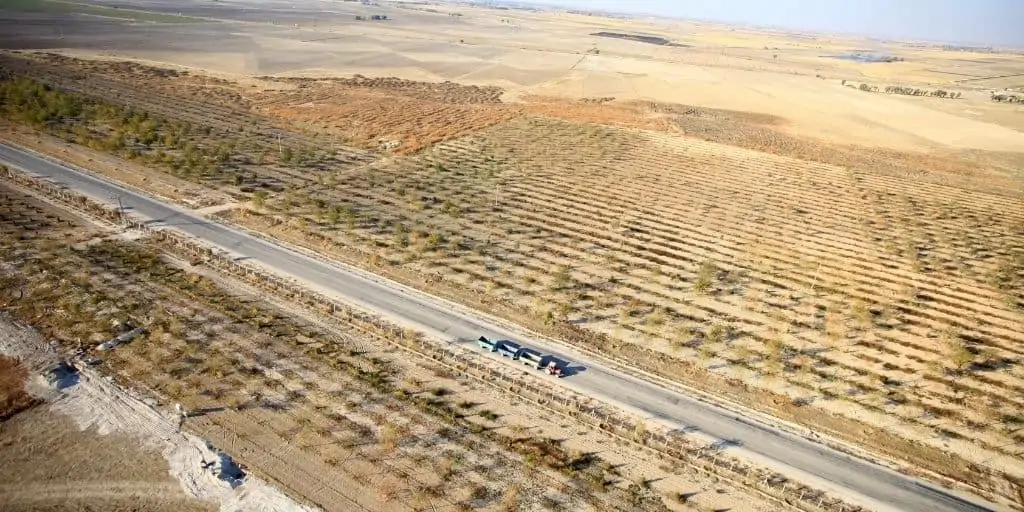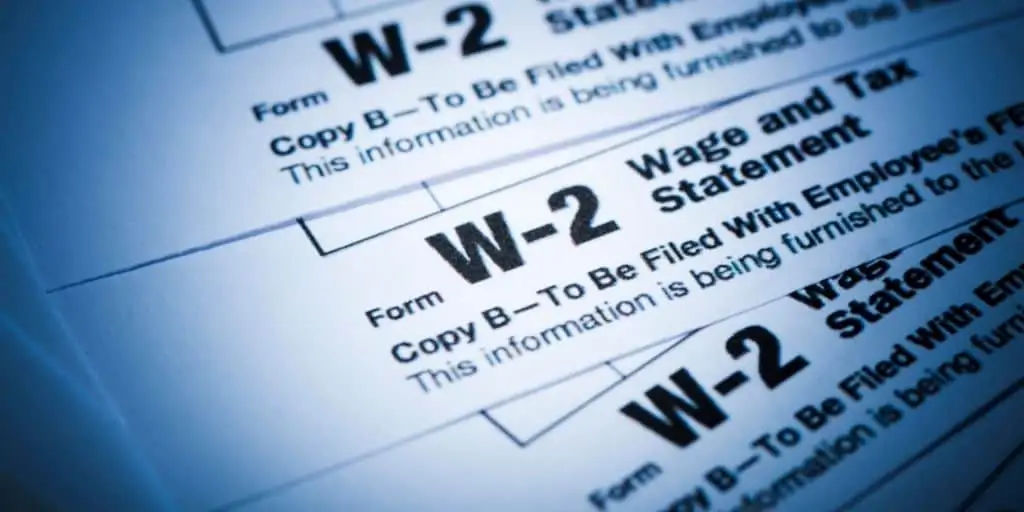What Is a USDA Loan?
REtipster does not provide tax, investment, or financial advice. Always seek the help of a licensed financial professional before taking action.
How Does the USDA Loan Work?

Typically, USDA loans are mortgages that come with low interest rates and no down payment. They are designed to help people qualify for a mortgage and be a homeowner.
A borrower may apply for a USDA loan from a participating local lender or directly from the USDA. USDA-approved lenders agree to charge low interest since the federal government insures them against losses. Plus, the USDA uses subsidies to offer favorable rates. In any case, a loan applicant can expect highly competitive rates.
The USDA does not only back or directly issue mortgages. It can also offer loan programs and/or grants to homeowners who need funds to repair or upgrade their house. The USDA may even back or issue loan programs to any eligible entity that intends to build or rehabilitate affordable rental properties for low- and moderate-income tenants.
Common USDA Loan Terms
Any USDA loan borrower does not have to pay for private mortgage insurance (PMI)[1], which is a requirement in a conventional loan[2] when a borrower cannot pay a 20% down payment. Instead of PMI, a USDA loan borrower has to pay a 1% upfront guarantee fee once, which can be paid in cash or be rolled into the loan.
In addition, a borrower has to pay an annual fee of 0.35%, which is based on the average loan balance for the year. This small fee is divided into 12 and added to the monthly mortgage payment.
The closing costs[3] of USDA loans do not have to be paid out of pocket. To pay them off, a borrower can use an excess portion of the loan, a seller credit[4], a lender credit[5], and/or gift money[6].
BY THE NUMBERS: About 30% of USDA-guaranteed loans are issued to families with incomes below 80% of area median income.
What Homes Qualify for USDA Loans?
To qualify for a USDA mortgage program, a borrower must choose a house that satisfies the following conditions:
- The house will serve as the borrower’s primary residence and will not be used for any income-generating endeavor[7].
- The house is in a rural area with a population of up to 20,000[8] or, in special circumstances, in a community with a population of up to 30,000.
- The house is no more than 2,000 square feet in size[9].
A borrower can take out a USDA loan to buy a single-family home, a manufactured home, or even an empty lot and fund the construction of the property immediately after the land purchase. They can take out a loan elsewhere to own the parcel of land first and then apply for a USDA construction loan[10] afterward.
Condominiums can qualify for USDA loan programs as well. On top of the usual property requirements, a condo has to be approved or accepted by Freddie Mac, Fannie Mae, the U.S. Department of Housing and Urban Development, and/or the U.S. Department of Veteran Affairs to become eligible.
Finally, one could theoretically buy a fixer-upper with a USDA loan as long as the property itself is livable. By “livable,” the borrower must be able to stay in the fixer-upper during renovation. However, only a USDA-approved appraiser determines whether a house meets the USDA’s minimum livability requirements, whether the borrower does live in it or not.
Another good indicator is the estimated cost of repairs. If a fixer-upper costs more than 10% of the USDA loan to renovate, the application will most likely get denied.
Why Would a USDA Loan Get Denied?
USDA mortgage programs are lenient by design to assist borrowers who cannot typically qualify for home loans[11]. However, this does not mean any low- or moderate-income rural homebuyer automatically gets approved.
Apart from choosing an ineligible property, other common reasons a USDA loan application can get rejected are as follows:
High Income
USDA loans do not apply to borrowers who relatively make a lot of money for where they live. Income thresholds vary from county to county and by household size.
Unverifiable Income
The borrower must prove that they have regular income for at least 24 months. Without proper documentation, the lender and the USDA may not consider a source of income dependable.
Too Much Debt
USDA-approved lenders and the federal government pay close attention to a borrower’s front- and back-end debt-to-income (DTI) ratio[12]. A borrower’s monthly mortgage payment should not exceed 29% of their gross monthly income, while their total monthly debt payments should not go over 41% of their gross monthly income. There are exceptions to the rule, but going beyond these DTI ratios will certainly decrease a rural homebuyer’s chances of approval.
Change in Employment
Switching companies, losing a source of income, or going jobless in the middle of the application process is a red flag lenders and the federal government watch out for.
Sudden Drop in Credit Score
USDA-approved lenders and the federal government do not automatically reject borrowers with bad credit (or with no credit history for that matter). Any negative change in credit score while being vetted could derail an application.
Do Sellers Like USDA Loans?
In hot real estate markets[13], sellers prefer prospective homebuyers that do not need any help to cover the closing costs. More often than not, USDA loan borrowers do not fit this description.
However, in cold real estate markets, sellers who are desperate to get rid of a property and who struggle to find serious homebuyers may have a favorable view of USDA loans. To these sellers, mortgage programs with lax standards can increase the number of offers they can receive, despite the low housing demand.
Takeaways
- USDA loans are backed or issued by the federal government designed to help low- and moderate-income borrowers buy a house in a rural area.
- Some USDA loan programs can fund house construction, home improvement, or affordable rental property rehabilitation projects.
- Income issues, severe indebtedness, and last-minute changes in employment or credit score can get a USDA loan application denied.
- Rural property sellers can benefit from USDA mortgage programs because these loans can empower more homebuyers to make a good offer.
Sources
- Consumer Financial Protection Bureau. (2017.) What is private mortgage insurance? Retrieved from https://www.consumerfinance.gov/ask-cfpb/what-is-private-mortgage-insurance-en-122/
- Robertson, C. (2021.) What Is a Conventional Mortgage Loan? The Truth About Mortgage. Retrieved from https://www.thetruthaboutmortgage.com/what-is-a-conventional-mortgage-loan/
- Zillow. (2020.) What Are Closing Costs and How Much Are They? Retrieved from https://www.zillow.com/mortgage-learning/closing-costs/
- Uhlig, D. (2019.) How Do Seller Credits to Buyer Work. The Nest. Retrieved from https://budgeting.thenest.com/seller-credits-buyer-work-26007.html
- Ceizyk, D. (2020.) What Is a Mortgage Lender Credit? LendingTree. Retrieved from https://www.lendingtree.com/home/mortgage/what-is-a-lender-credit/
- Home.loans. (n.d.) Gift Money for Mortgage Transactions. Retrieved from https://www.home.loans/gift-money
- Neighbors Bank. (n.d.) USDA Loan Home Requirements. Retrieved from https://www.neighborsbank.com/usda-loans/home-requirements/
- USDA Rural Development. (n.d.) CHAPTER 5: PROPERTY REQUIREMENTS. Retrieved from https://www.rd.usda.gov/files/3550-1chapter05.pdf
- Smith, L. (2018.) USDA Home Loan Requirements. SmartAsset. Retrieved from https://smartasset.com/mortgage/usda-home-loan-requirements
- USDA Rural Development. (2021.) Combination Construction-to-Permanent (Single Close) Loan Program. Retrieved from https://www.rd.usda.gov/files/RD-RHS-SFHGSingleCloseLendersBuildersInfo.pdf
- Newrez. (2020.) The 30 Year Fixed Rate Mortgage: America’s Most Popular for a Reason. Retrieved from https://www.newrez.com/blog/mortgage-101/the-30-year-fixed-rate-mortgage-america-s-most-popular-for-a-reason/
- Watts, A. (2021.) What are front-end and back-end debt-to-income (DTI) ratios? Loans.org. Retrieved from https://www.loans.org/mortgage/what-are-front-end-and-back-end-debt-to-income-dti-ratios/
- Weintraub, E. (2021.) Buyer’s vs. Seller’s Real Estate Markets. The Balance. Retrieved from https://www.thebalance.com/hot-cold-and-neutral-real-estate-markets-1798785







